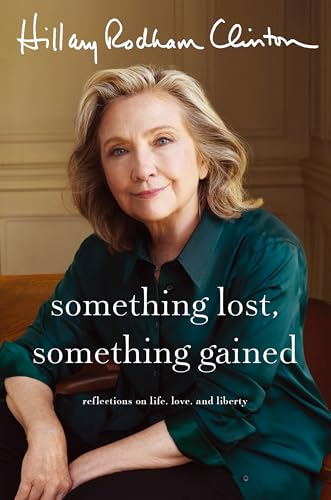
What Happened
Book Description
What happens when a lifelong dream collides with an unexpected reality? In "What Happened," Hillary Rodham Clinton takes readers on a gripping journey through the tumultuous landscape of the 2016 election, revealing the raw emotional stakes, fierce battles, and heartbreaks that shaped her experience. With candor and curiosity, she dissects the forces that challenged her and transformed the political arena, offering powerful insights into resilience and courage. As the tension mounts and the events unfold, one question lingers: Can the lessons learned from past struggles forge a brighter path for the future?
Quick Book Summary
In "What Happened," Hillary Rodham Clinton delivers an intimate and unvarnished account of the 2016 U.S. presidential election, chronicling both her historic campaign as the first female major-party nominee and the personal toll of its unexpected outcome. Clinton explores the intense pressures of the race, dissecting the influence of sexism, media narratives, Russian interference, and political adversaries. She examines her own decisions, the campaign’s strategy, and the deep polarization and misogyny that surfaced throughout the campaign. With candor and reflection, Clinton probes not only what went wrong, but also the resiliency needed to move forward, ultimately offering hope and insights on leadership, democracy, and the ongoing fight for equality.
Summary of Key Ideas
Table of Contents
The Weight of Gender and Misogyny in Politics
Clinton opens the memoir by reflecting on her lifelong ambition and what it was like to pursue the presidency. She describes the personal and emotional investments made, the rigorous demands of campaigning, and the significance of her potentially making history. From the outset, she acknowledges both her anticipation and anxiety as she navigated the intense scrutiny applied to her every move, a scrutiny that often carried undertones of sexism and hostility toward women in power.
External Forces: Media, Misinformation, and Interference
A critical theme in the book is the multifaceted ways gender shaped the race. Clinton recounts subtle and overt misogyny, both from opponents and segments of the public, detailing how her ambition, voice, and demeanor were critiqued in ways male candidates seldom faced. She delves into how the "likability" trap, double standards, and impossible expectations challenged her path and often dictated how she and her team strategized their messaging and presence.
Personal Reflection and Accountability
Clinton provides a behind-the-scenes analysis of the major forces that influenced the election. She thoroughly examines the role of the media, how coverage of her email controversy overshadowed policy, and how “false equivalency” narratives persisted. She dissects the impact of Russian misinformation campaigns, the hacking of campaign emails, and the role played by James Comey's FBI interventions. These external events, she argues, dramatically altered public perception and voting behavior.
Lessons on Resilience and Moving Forward
Throughout, Clinton demonstrates a willingness to scrutinize her own decisions and campaign strategy. She discusses what went well, including key grassroots efforts and breaking fundraising records, as well as what she’d do differently—whether refining certain messages, responding to attacks sooner, or allocating resources. Her reflections are deeply personal as she grapples with disappointment and worries about letting down her supporters, especially women and girls who saw her candidacy as historic.
The State of American Democracy
Despite the heartbreak of losing, Clinton concludes with calls to resilience and continued civic participation. She shares how she found renewed purpose by engaging in activism and supporting rising leaders. She highlights the dangers facing democracy—polarization, suppression, and foreign interference—while urging readers to fight for equal rights and justice. Ultimately, "What Happened" is not just a reckoning with a specific moment but also an invitation to learn, heal, and build a more inclusive future.
Download This Summary
Get a free PDF of this summary instantly — no email required.





